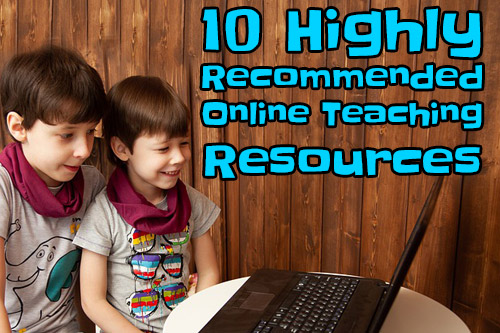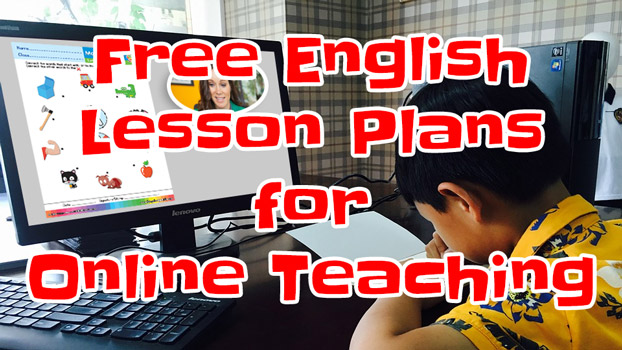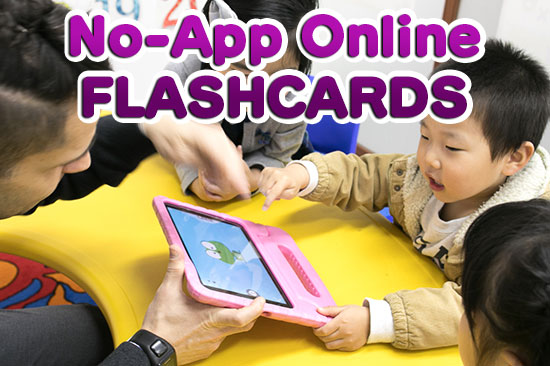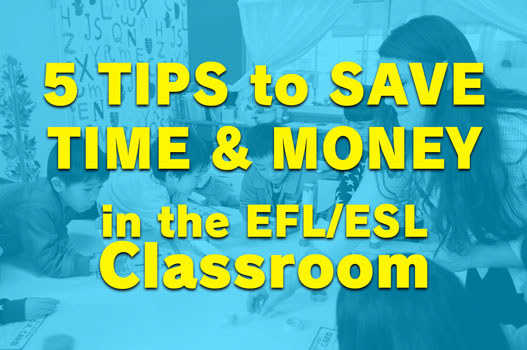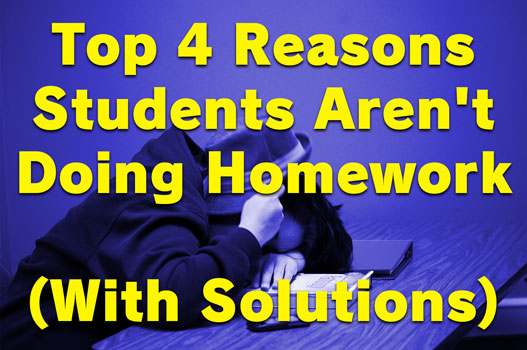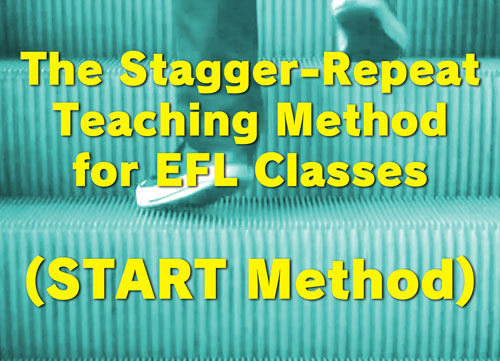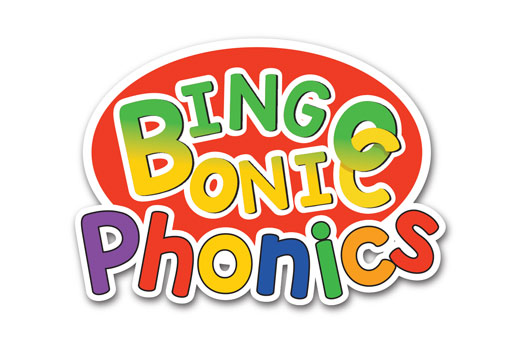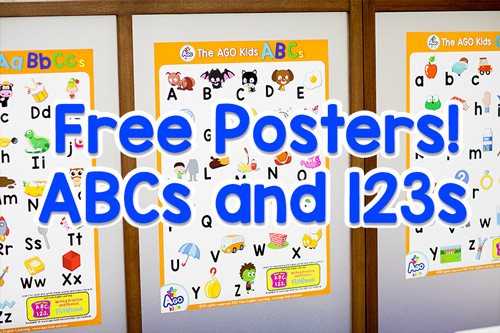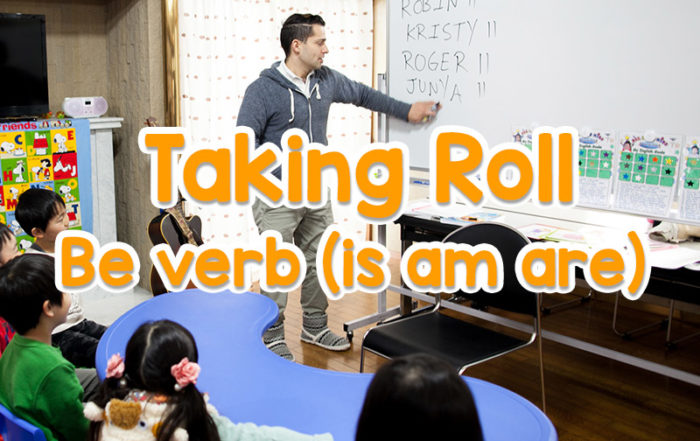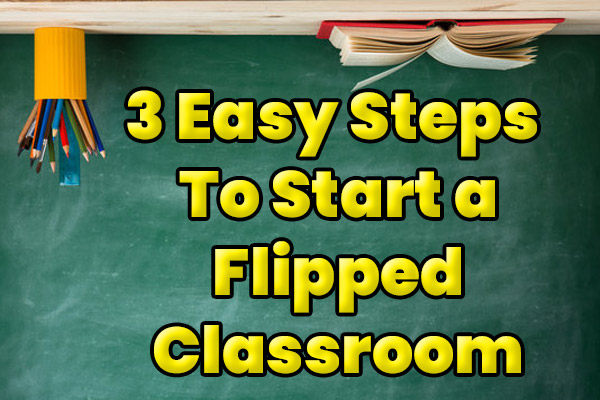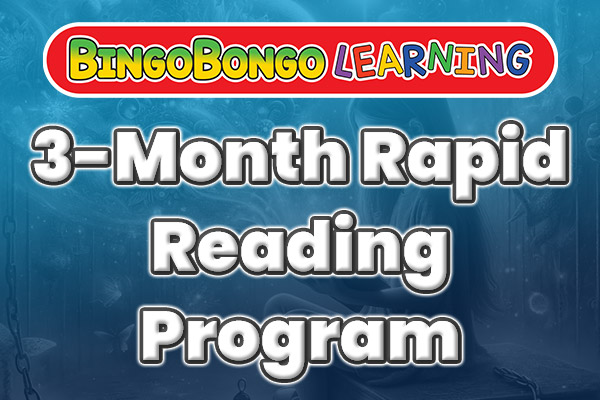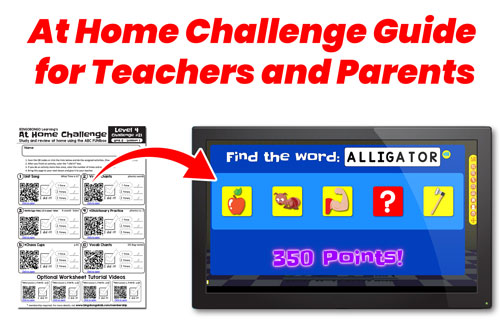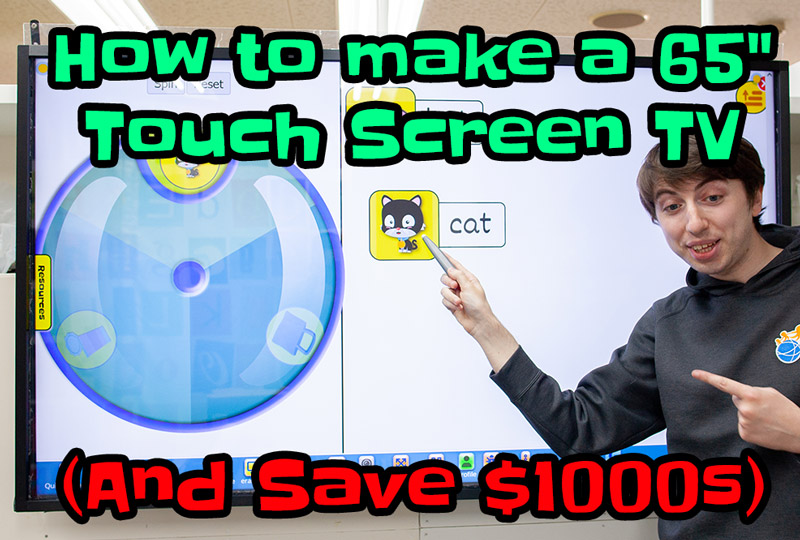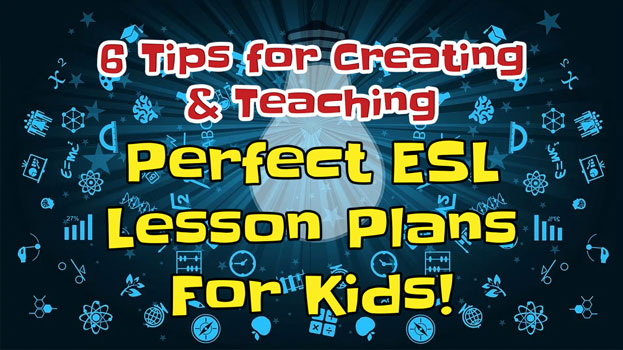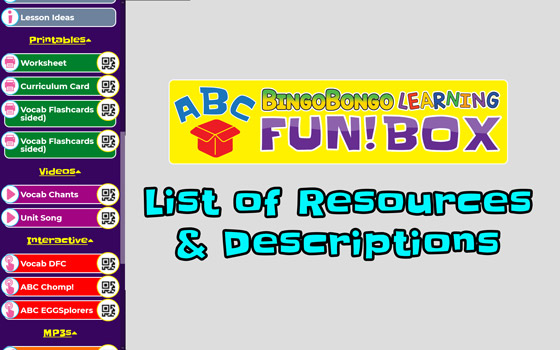Start a Video Evaluation Program in your English lessons in 3 easy steps!
If you’re looking for an easy way to improve your English lessons, an EFL/ESL Video Evaluation Program is a great place to start.
This article will explain how to start an EFL/ESL Video Evaluation Program in three easy steps for young learners studying English. An EFL/ESL Video Evaluation Program is a great way to help students gain confidence when speaking English as well as show progress to parents whose children might be too shy to speak English at home.
Evaluating student progress is also important for helping teachers and students realize their strengths and weaknesses. While written tests are the most common form of evaluation, they tend to focus mainly on reading and writing. Unfortunately, tests don’t allow students, teachers, or parents to see progress made in verbal communication.
Update Feb. 2024: Check out our updated “edit-less” progress evaluation video method!
Our previous method of conducting video evaluations was already making significant strides in showcasing student learning and development. However, we’ve recently evolved our strategy, embracing a new “edit-less” method that has streamlined the video-making process even further. This innovative approach not only maintains the integrity of observing student progress but also significantly reduces the time and effort required to produce these valuable assessments. By integrating the use of OBS software and selecting budget-friendly yet effective equipment, we’ve managed to enhance our efficiency without sacrificing quality.
For a comprehensive look at how this method has transformed our video evaluation process and how you can apply it to your own teaching context, check out our latest webinar. It includes practical examples of student videos, details the goals and evaluation criteria we use, outlines the necessary equipment, and provides a step-by-step tutorial on setting up OBS software for your recording needs.
Explore the improved process and see the difference for yourself by visiting our webinar below where you can also download assessment lists and free overlay templates to get started.
What are the benefits of starting an EFL/ESL Video Evaluation Program in an English school?
When students take written standardized tests, it’s easy to evaluate their reading and writing abilities, but evaluating speaking and listening abilities can be a greater challenge. An EFL/ESL Video Evaluation Program is a great solution to this problem.
If an EFL/ESL Video Evaluation Program is set up with clear goals and consistent evaluation methods, not only can students’ verbal communication skills be evaluated, but teachers and managers will also be able to evaluate the quality of the English curriculum and teaching methods. If one teacher, for example, has students with consistently better evaluation videos, then that teacher’s lessons could become the basis for teacher training and improving the English curriculum.
Finally, starting an EFL/ESL Video Evaluation Program at a young age helps students overcome a fear of speaking in front of a camera. This can lead to increased confidence for interviews, speaking tests, and public speaking.
At our English school in Japan, Step by Step English, we implemented an EFL/ESL Video Evaluation Program for students between the ages of 3 and 12 in 2017 and have found it to be beneficial for several reasons.
Main Benefits of an EFL/ESL Video Evaluation Program for Kids
- An EFL/ESL Video Evaluation Program allows everyone to see growth and improvement in spoken communication skills.
- An EFL/ESL Video Evaluation Program can be an effective tool for finding areas of improvement for an English program’s curriculum and teaching methods.
- An EFL/ESL Video Evaluation Program can give students more confidence by showing progress over a longer period, which might be hard to realize on a day-to-day basis.
- An EFL/ESL Video Evaluation Program can help prepare students for future speaking and interview tests, speech contests, and public speaking in general.
- An EFL/ESL Video Evaluation Program can be used as an effective marketing tool for eikaiwa schools and English training schools.
Now let’s see how to start a video evaluation program in 3 easy steps!
Step 1: Prepare for taking the videos
What do I need to start an EFL/ESL Video Evaluation Program in my school?

Video setups for evaluations don’t have to be this complicated!
There are many ways to share the video evaluations with parents of students, but in this day and age, sharing things online is by far the most convenient. We prefer to take the videos and create a password-protected blog post for each student. In order to do this, the following list of things will help get you started with your English Video Evaluation Program for kids’ EFL/ESL lessons.
1. A camera/microphone

Two great choices for taking video with high-quality sound.
Devices that can record video are incredibly abundant now, and many modern smartphones are more than sufficient for creating high-quality videos. Most built-in microphones, however, are not sufficient. Using an external microphone such as a shotgun mic or lavalier mic will let you create videos with much higher audio quality, helping to block out unwanted background noise and focus on the students’ (sometimes quiet) voices.
To illustrate the importance of a high-quality microphone, check out the following evaluation video taken using a Shure VP83 mic on a Lumix FZ300 Camera. The audio quality should be immediately apparent. If you struggle to get decent quality audio in your videos, a microphone upgrade will almost certainly help solve the problem.
2. Video Editing Software
There are many free and paid options for video editing software. Videos don’t need to be edited that much, but a simple frame overlaid on the video with a school’s logo, student’s name, and date of recording will make the video stand out. If you click the image below, you can download a basic .PSD Photoshop overlay template file and add your own school’s logo and information. After you update the information, export or save as a .PNG file to use in your video editing software.
3. A blog or website for showing the videos
One possible way to share the videos with parents is to create a personal blog post for each student. This is highly recommended because most schools already have a website and a blog. That means there is no extra cost, and all of the videos for each student can be viewed chronologically as you scroll through the blog post. It’s not only exciting to see the English ability of students improve over time, but watching them physically grow up is fun and exciting as well.
To create a personal video evaluation page for each student, simply create a new blog post with the student’s name as the title. Since blog posts can be password protected, each student can have a different password that only their family members know. After each new video evaluation is complete, just add it to the blog post.
Videos can be uploaded to YouTube and shared from there, however, we have found it more convenient to simply self-host our videos using cloud services such as Dropbox, OneDrive, or Amazon AWS. Self-hosting will allow you to bypass YouTube’s tedious upload process required for each video. The video below shows the accumulation of two students’ blog posts over three years with videos and A.S.K. Cards.
4. A standardized list of evaluation tasks and goals
The last thing you need is a consistent set of evaluation tasks and goals that will be used for all students. It’s also important to keep this the same from year to year. This will make it easier to evaluate student progress over time, as well as evaluate the effectiveness of changes made in the teaching program and curriculum.
Below is a list of evaluation goals based on the EFL/ESL Card Game, Battle Eggs, and our original All Star Kids Profile Cards (A.S.K. Cards) that we use at our school, Step by Step English. We have found that structuring the evaluation goals on physical objects such as laminated sticker cards, collectible cards, and profile cards allows students as young as three years old to stay focused and motivated to speak more confidently in the evaluation videos. (Click the image to download it.)

After years of trial and error, we finally have a simple and effective list of goals for our evaluation videos.
How often should video evaluations be done?
For English training schools or English conversation schools (eikaiwa), doing video evaluations twice per year is a good place to start. Taking the first video two or three months after the start of a new school year (or beginning of a new level) and taking the second video evaluation eight months later gives students and teachers enough time to prepare.
One approach is to use the first evaluation as an opportunity to learn and practice vocabulary or speaking skills such as a recitation. Battle Eggs is a great resource to use for evaluations since kids are always motivated by the game, there are several game variations, and it teaches a wide variety of topics such as colors, numbers, months as well as vocabulary words by topic with questions and answers.
The second evaluation can focus more on having students ask and answer questions from their profiles on A.S.K. Cards. After students become confident in speaking in the first person, the evaluations can shift to focus on describing family members or other fictional characters to master the third person.
Step 2: Take the videos
How to organize lessons to take evaluation videos

A student is about to do her evaluation and recite a story from FUN!book 3.
You should plan to spend one week taking evaluation videos, keeping the following week open to take videos of any students who are absent or not ready to take their videos in the first week.
Spending two or three weeks preparing for the videos is ideal
About one month before the week of taking evaluation videos, you should consider shifting the focus of lessons towards the evaluation content that will be recorded in the videos.
If students are writing an original profile about a family member, spending an entire class to write the profiles and make sure that students understand the meaning of the content can be a fun and easy lesson. Or if you plan to evaluate the students’ knowledge of topics such as colors or animals, you can review those in each lesson leading up to the video evaluations.
To help students prepare for their evaluation videos, try having students do a little more practice at home to prepare. The ABC FUN!box is a great tool since you can prepare a custom list of links or QR codes of videos, chants, or games that will help students learn on their own at home. Check out the sample ABC FUN!box assignment below. (Click here to download.)
How to teach lessons the week of recording evaluation videos
During the week of video evaluations, it’s best to prepare a lesson that allows students to work independently so that teachers and staff can work with students one-on-one to record videos. Worksheets from ABC FUN!books are great since they’re full of fun puzzles and activities that students can do on their own.
After practicing and explaining how to take the videos with students, have students move to the recording station one by one. Students who are waiting for their turn can either practice for their evaluation or work on the assignment independently. Students who are finished can continue working on their assignments.
Step 3: Edit the videos and put them on a blog
How to prepare the videos and post them on a blog
Once all the videos have been recorded, go through each one and add the frame overlay with each student’s name and the month/year of recording. After that, upload them all to YouTube or to a cloud service to share or embed. The process will vary depending on which editing software, blog/website platform, and video hosting method you choose, but the basic process and outcome can be seen in the video below.
Final thoughts and considerations about a video evaluation program
Starting an EFL/ESL Video Evaluation Program for EFL/ESL kids classes can seem like a challenging project initially. But once you decide on your recording equipment, editing software, and method of sharing the videos, the overall process becomes much smoother.
When creating the video evaluations, it’s important to remember that the goal is not to gauge a student’s ability in any single video or compare students with each other. The main goal is to see progress made over time through a series of videos. All students learn at a different pace and have varying levels of experience, so it’s not fair to compare students to each other or to the teacher’s expectations. Rather, the goal is to show improvement and increased confidence over the years.
An EFL/ESL Video Evaluation Program will not only create a new service that parents are excited to receive, but it will also increase the quality of education that students receive since there’s always a drive to improve the curriculum and help students reach their goals for the videos. At Step by Step English, students and parents are always excited to see the videos from each evaluation, and we hope that your students will enjoy an EFL/ESL Video Evaluation Program as well.
There are plenty more articles for language school owners below!
Starting your own language school can be a rewarding career path, both financially and personally – so check out our other articles on this topic to find out everything you need to know about setting up and managing your own English language school (eikaiwa school in Japan)!
9 Online Teaching Tips (Must See 90-Minute Zoom Tutorial!)
This Zoom Presentation is packed with 9 Online Teaching Tips and MUCH MORE! Gain ...
10 Free Online Activities for teaching English
Check out these 10 Free Online Activities for teaching English to create impressive ESL/EFL ...
Free English Lesson Plans for Online Teaching (4 great tools!)
Free English Lesson Plans for Teaching EFL/ESL Online That Save You Time and Money ...
Standardized English Tests: Problems & Solutions for Language School Owners (in Japan)
Should I teach English lessons to improve test scores, speaking ability, or both? Today ...
Introducing No-App Online ESL/EFL Flashcards! (DILLS)
Our New Online Digital Flashcards Are the "Perfect Flashcards" You've Been Looking For! If ...
5 Ways to Save Time and Money in an EFL/ESL Classroom (Efficiency Tips!)
Here are 5 ways that you can save time and money in your English ...
Top 4 Reasons (With Solutions) Student Aren’t Doing ESL/EFL Homework
Here are the top 4 reasons students aren't doing their English homework from your ...
Problems with Games in ESL/EFL Classrooms (and Solutions)
If you observe any English lesson in an elementary school or English conversation school ...
The Stagger-Repeat Teaching Method – START Method for EFL/ESL English Education
An Approach to Teaching EFL with Mixed-Ability Students Using the Stagger-Repeat Teaching (START) Method ...
5 Effective Marketing Strategies for Language Schools (eikaiwa)
How can these 5 long-term, cost-effective marketing strategies for language schools (eikaiwa) benefit your ...
80 Free Phonics Worksheets Download
BINGOBONIC Phonics Has The Best Free Phonics Worksheets for ESL/EFL Kids! A new approach ...
BINGOBONGO English Curriculum: 400+ FUN ESL Lessons
The BINGOBONGO English Curriculum for Kids ESL/EFL How is this English curriculum different? After ...
Free English Curriculum for EFL Kids Lessons
A Guide for eikaiwa Schools in Japan to Building an Effective Free Kids English Curriculum ...
Free Halloween Flashcards, Worksheets, and Songs
Make your next class frightfully fun with our free Halloween flashcards, quiz and songs! ...
Easy Halloween Quiz for English classes
Put your kids to the test with this fun and easy Halloween quiz ...
The Four Rs of EFL/ESL Education | How to teach effective English lessons
Using the four Rs of EFL/ESL English education will help you teach more effectively.In this ...
Free ESL/EFL ABCs and 123s Alphabet Posters (Numbers, Phonics)
Make your English classroom a fun place for learning with these free ABCs and ...
ESL Lesson Plan Ideas for Speaking English 1: Taking Roll (be-verbs: to be, is, am, are)
Try this simple and effective activity to teach the be verb (is, am, are) ...
How to Win an English Speech Contest in Japan
Help your students win an English speech contest in Japan with this guide ...
Free Online ESL Halloween Quiz (10 Easy Questions)
Test your knowledge with this fun Online ESL Halloween Quiz! This ...







